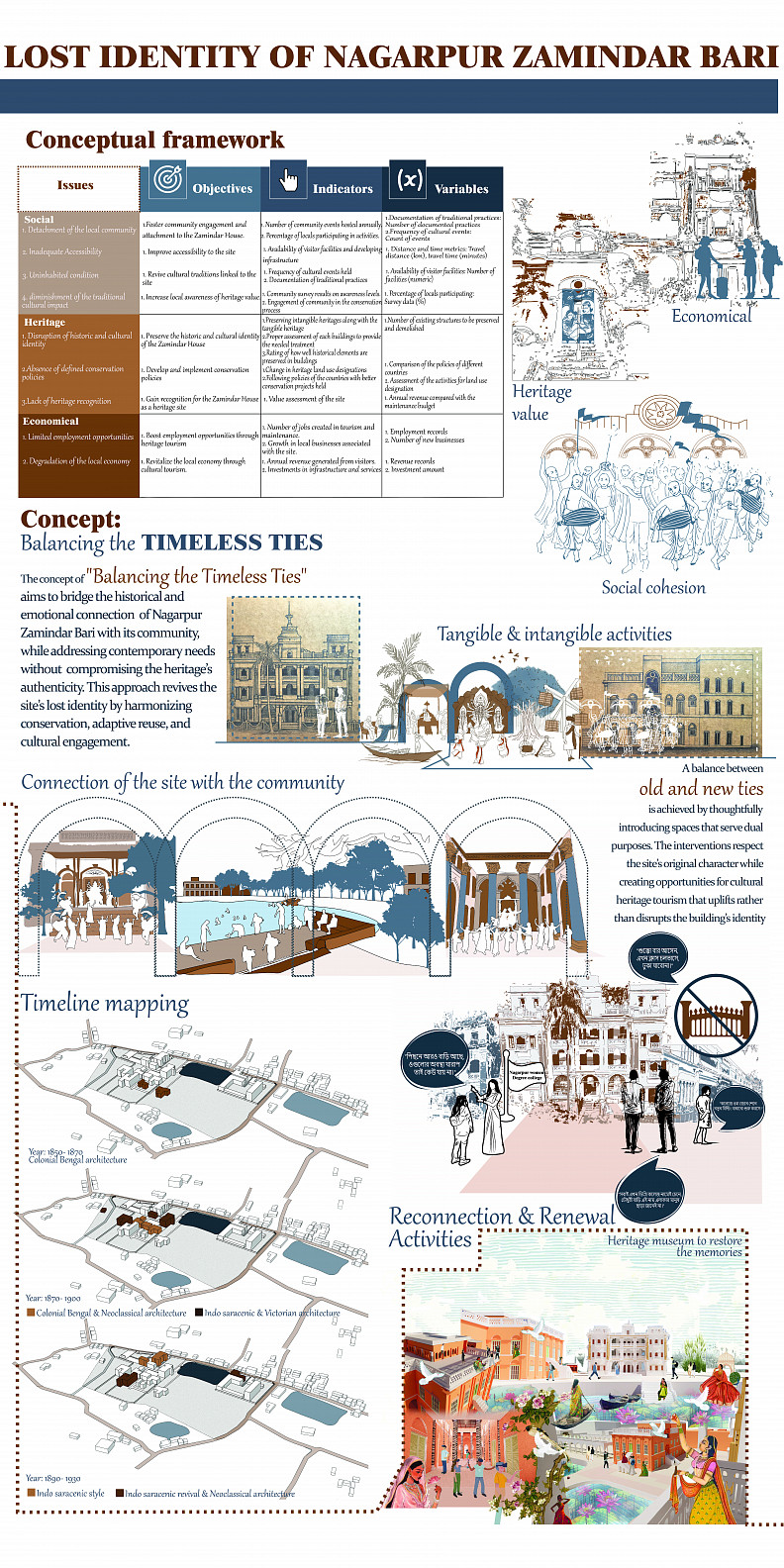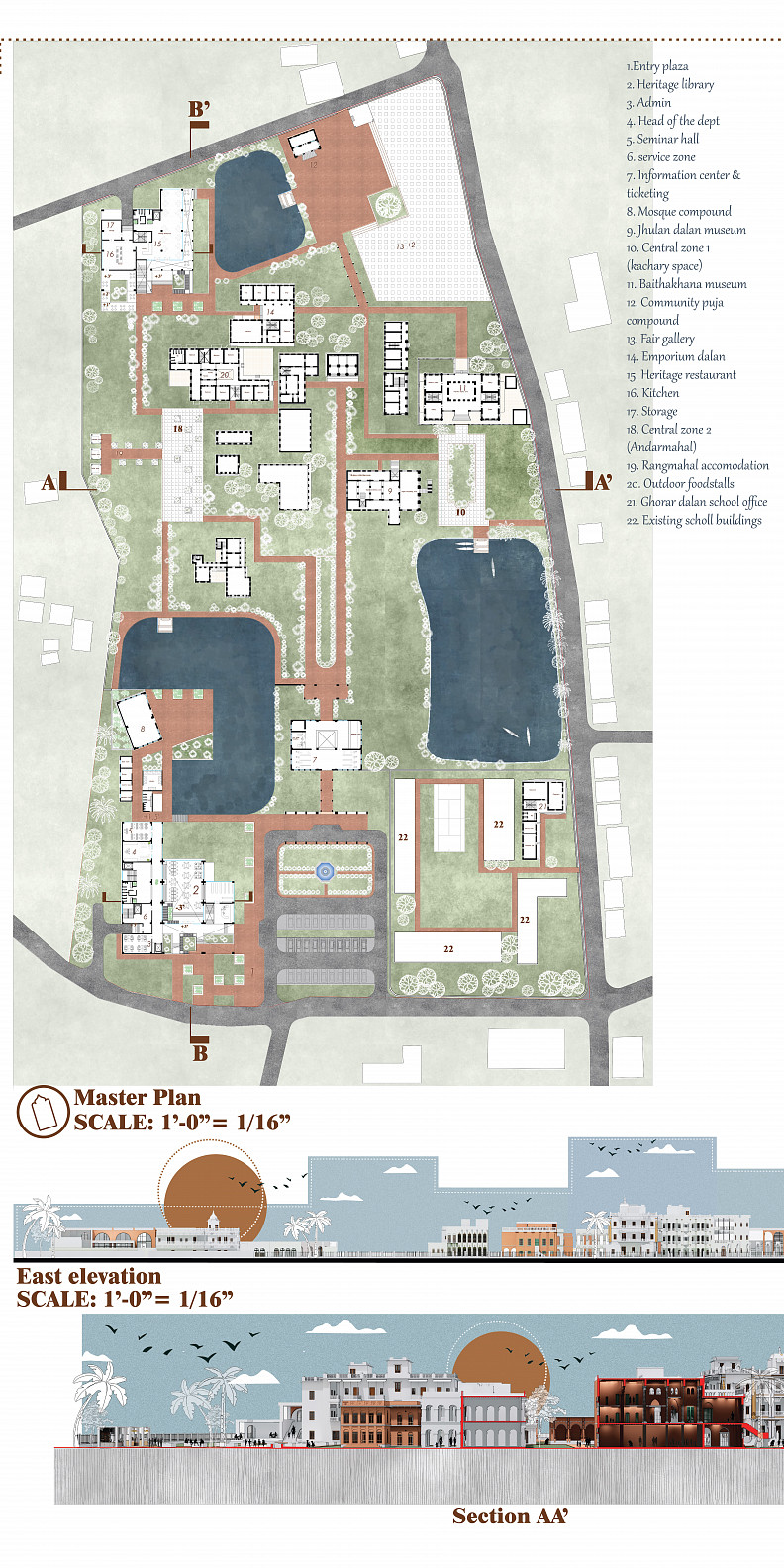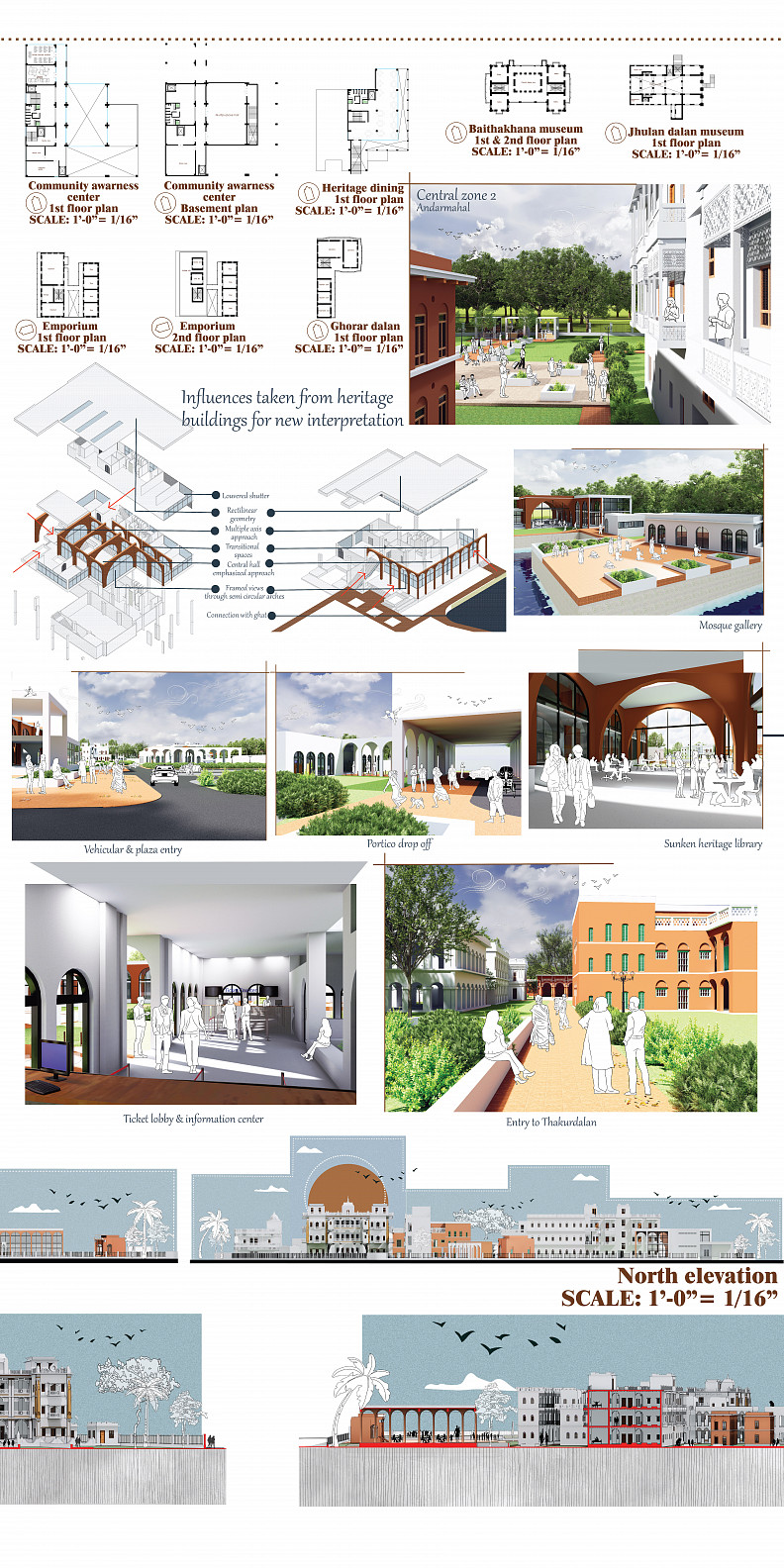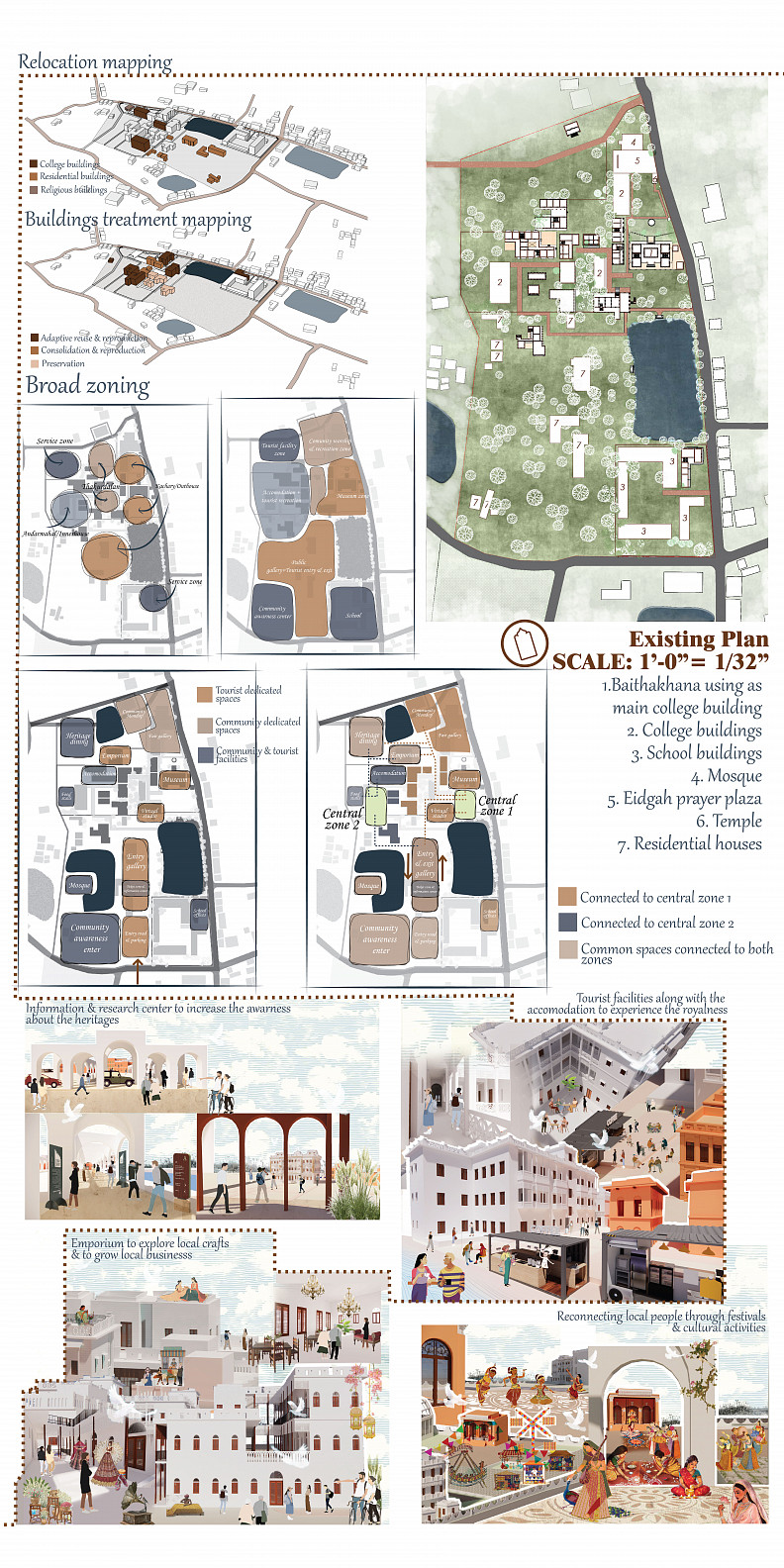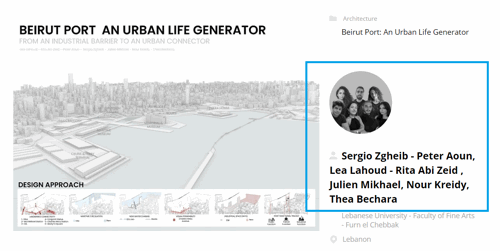Echos of Aristocracy: Reviving the lost identity of Nagarpur Zamindar Bari through reconnection & renewal

Project idea
The Nagarpur Chowdhury Zamindar Bari, established by Jadunath Chowdhury on 54 acres of land, is a significant cultural and architectural landmark, reflecting European influences and symbolizing the Zamindari era's socio-economic practices. Despite its historical value, the Bari faces neglect and deterioration due to urbanization, socio-economic transitions, and changes in its functional use. By proposing a sustainable conservation strategy to protect and revive the site, these issues can be solved. Focusing on adaptive reuse, the research aims
to preserve Bari’s historical essence while integrating it into modern socio-economic contexts. A multidisciplinary methodology encompassing historical research, architectural analysis, stakeholder interviews, and community engagement forms the foundation of a
comprehensive conservation framework. By evaluating the site’s historical significance, current condition, and adaptive reuse potential, the study proposes sustainable strategies for its preservation. The research seeks to restore the historical identity of the Zamindar Bari
and promote its adaptive reuse as a hub for cultural heritage tourism. This approach aspires to generate national economic opportunities, foster local community engagement, and sustain the artistic essence of the Zamindari era. This dissertation highlights adaptive reuse
as a strategic tool for conserving heritage within evolving urban landscapes, ensuring these treasures remain relevant for future generations. The restoration of Nagarpur Zamindar Bari can serve as a model for similar initiatives across Bangladesh, ensuring that the legacy of
such sites continues to inspire and educate future generations.
Project description
This research was guided by the central question: How can the lost identity of Nagarpur Zamindar Bari be revived through conservation that reconnects the site with its community while accommodating contemporary needs without compromising its historical authenticity?
Supporting this were sub-questions exploring the architectural significance of the site, the role of intangible heritage in community memory, and the potential for adaptive reuse to promote sustainable cultural tourism. The findings revealed that Nagarpur Zamindar Bari holds immense historical, architectural, and socio-cultural value, yet suffers from neglect, functional disconnection, and a lack of recognition at national or regional levels. Community engagement revealed that a local emotional attachment still exists, particularly in relation to festivals, rituals, and shared memories, although the present-day use of the site is fragmented and unstructured. The architectural survey highlighted
a range of stylistic hybridity, with Indo-Saracenic and Colonial elements, as well as a traditional kachari-andarmahal zoning system, which informed the spatial logic of the design intervention. The design implementation focuses on adaptive reuse and contextual integration, preserving the historical character of key structures while assigning them new functions—such as cultural exhibition zones, a heritage research cell, a café, and community gathering areas. Landscape restoration, zoning for public-private use, and soft tourism integration were strategically applied to support both heritage preservation and contemporary accessibility. Emphasis was placed on conservation, reconnection, and renewal, ensuring the design honors both the tangible and intangible essence of the place.
Technical information
The project incorporates a reinforced concrete structural system with brick infill walls, ensuring durability and seismic stability. Locally available materials such as brick, concrete, and plaster finishes are used to maintain contextual integrity. The design emphasizes natural lighting and cross-ventilation through large window openings, courtyards, and verandahs. Roofs are flat concrete slabs with proper water-proofing treatment, and floors are finished with local tiles for cost efficiency. The electrical and plumbing systems follow standard urban service connections, with provisions for rainwater harvesting and solar panels to promote sustainability. The project complies with national building codes and focuses on long-term resilience and ease of maintenance.

